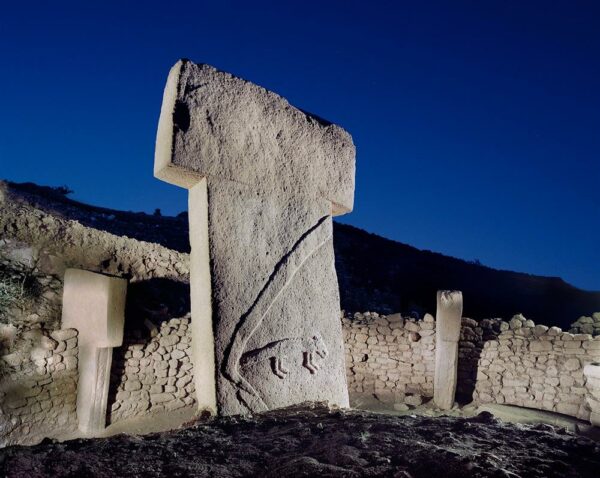Göbekli Tepe: Unveiling the Enigma of Ancient Mystery
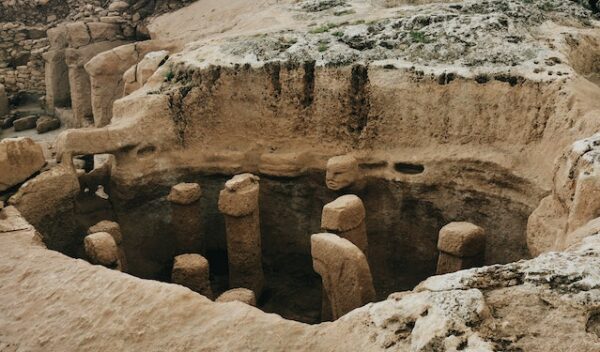
Göbekli Tepe, an ancient archaeological site nestled in southeastern Turkey, has captivated the imagination of scholars and laypeople alike. Dating back over 11,000 years, this enigmatic site predates the advent of agriculture and the rise of settled societies. Its remarkable stone pillars, adorned with intricate carvings of animals and symbols, challenge our understanding of early human civilization. In this blog post, we embark on a journey to explore the mysteries of Göbekli Tepe, delving into its significance, construction, and the tantalizing questions it raises about our past.
Unearthing Göbekli Tepe
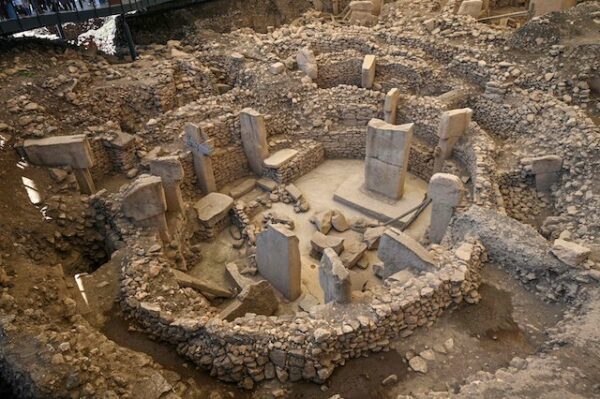
An Ancient Wonder Emerges
In 1963, when surveying the region of Urfa in Turkey, archaeologist Dr. Klaus Schmidt stumbled upon an extraordinary discovery. Peeking out from beneath layers of sediment, the telltale signs of a forgotten civilization beckoned him further. What he uncovered was an ancient complex of monumental proportions, carefully crafted by our distant ancestors.
An Architectural Marvel
Göbekli Tepe, meaning “Potbelly Hill” in Turkish, is an apt descriptor for this archaeological marvel. The site consists of multiple circular enclosures, or “enclosure walls,” each housing several massive T-shaped pillars. These stone monoliths, reaching heights of up to six meters, evoke a sense of awe and reverence. Intriguingly, the carvings on these pillars depict a myriad of animals, including boars, foxes, and birds, interspersed with abstract symbols, hinting at a rich symbolic language lost to time.
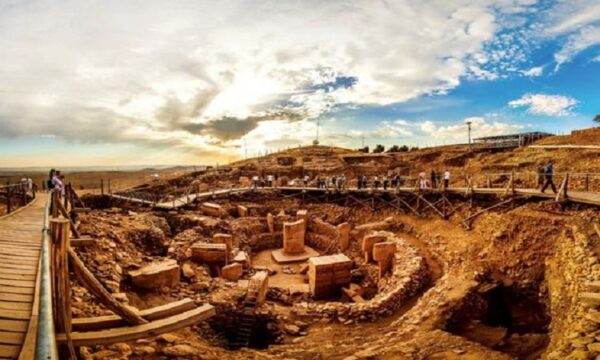
Unconventional Chronology
One of the most perplexing aspects of Göbekli Tepe is its chronology. Dating techniques have revealed that construction began around 9600 BCE, placing it squarely in the pre-agricultural era. This contradicts prevailing theories suggesting that the transition to settled agriculture drove the emergence of complex societies. Göbekli Tepe challenges this narrative, raising the possibility of a sophisticated hunter-gatherer society capable of monumental construction and complex belief systems.
The Ritual Landscape
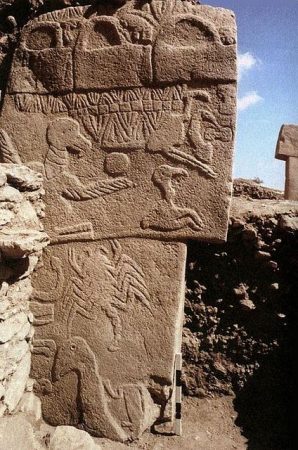
Temples or Something More?
The purpose of Göbekli Tepe remains shrouded in mystery. Some researchers posit that it served as a temple complex, a place of communal gatherings and ritual activities. The monumental scale of the site and the intricacy of its carvings hint at the importance placed on religious and spiritual practices. The recurring motif of animals suggests a deep connection to the natural world, perhaps reflecting the spiritual beliefs and cosmology of the ancient builders.
Ancestors and Shamans
The anthropological significance of Göbekli Tepe extends beyond its architectural marvels. The site provides insights into the social fabric of early human societies. Intriguingly, there is evidence to suggest that Göbekli Tepe was a burial ground, where the remains of ancestors were interred beneath the sacred enclosures. This practice underscores the significance of ancestral veneration and suggests the presence of religious specialists, such as shamans, who may have acted as intermediaries between the human and spirit realms.

A Cosmic Observatory?
Some researchers propose an alternative hypothesis, positing that Göbekli Tepe functioned as an astronomical observatory. They argue that the precise alignment of certain structures with celestial events indicates a sophisticated understanding of astronomical phenomena. This notion opens up a realm of possibilities, hinting at the ancients’ deep engagement with the cosmos and the interplay between the earthly and celestial realms.
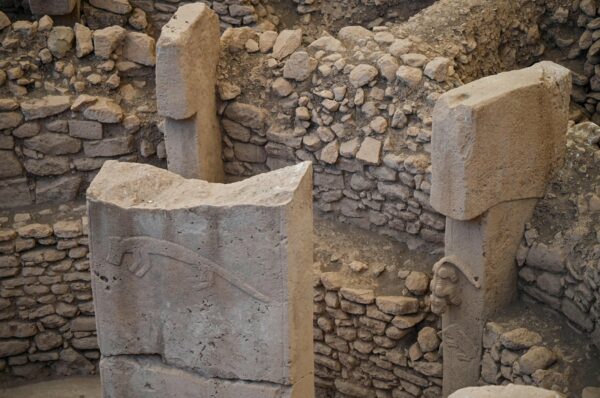
The Enigma Persists
Göbekli Tepe continues to astound and mystify scholars, provoking more questions than answers. The absence of domestic structures or evidence of settled life challenges our understanding of societal development. How did these hunter-gatherers mobilize the resources and labor required for such massive construction projects? What motivated them to create this sacred space? And why was it deliberately buried and abandoned?
As archaeologists meticulously unearth the layers of Göbekli Tepe’s secrets, we catch glimpses of a lost world, challenging our preconceptions and expanding our understanding of the human story. The more we delve into the mysteries of this ancient site, the more we realize the depth of knowledge our ancestors possessed, the complexities of their belief systems, and the enduring enigma of Göbekli Tepe.
“Göbekli Tepe is a testament to the wisdom of the Ancients, hidden within the layers of time.”
